We have much more to do and your continued support is needed now more than ever.
Six Surprising Ways Trees Support Wildlife
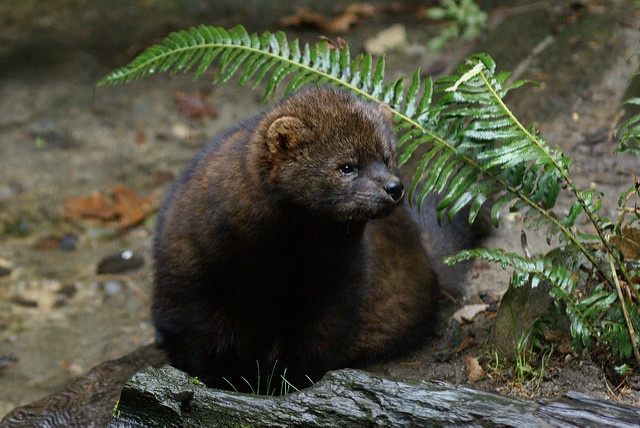
Wildlife and trees rely on each other. Birds build their nests in trees and hunt for insects to feed their babies among the branches. Squirrels also nest in trees, and help replant forests with their forgotten nut caches.
But more wildlife species rely on trees for survival than just birds and squirrels. Here are six surprising ways trees support wildlife.
Butterflies and Moths
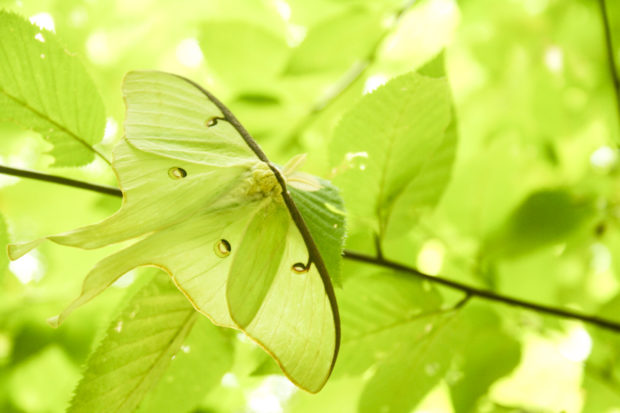
Butterflies and moths use trees as host plants for their caterpillars. Tiger swallowtail caterpillars feed on the leaves birch, wild cherry, willow, tulip tree and ash, while luna moth caterpillars dine on persimmon, hickory, sumac and walnut tree leaves. Oak trees serve as the caterpillar host plant for over 500 species of butterflies and moths.
Salamanders

Most salamanders live on or under the ground or in the water, but the arboreal salamander calls the branches of trees its home. These small amphibians are found in California in oak, pine or sycamore trees, sometimes over fifty feet off the ground, where they lie in wait for insects to prey upon. Many other salamanders rely on fallen trees as safe places to hide from predators and to keep from drying out in the hot sun.
Black Bears
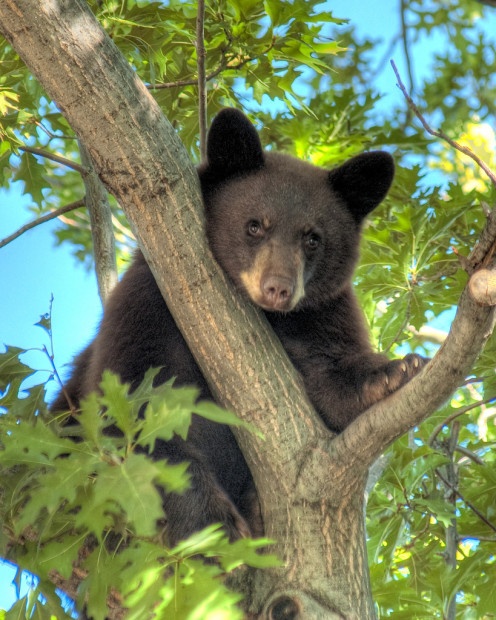
We usually think of bears hibernating in underground dens, but black bears sometimes choose to sleep away the winter inside tree cavities far above the ground. Black bears also rely heavily on acorns and other tree nut crops to fatten up for the winter.
Wildlife Mothers
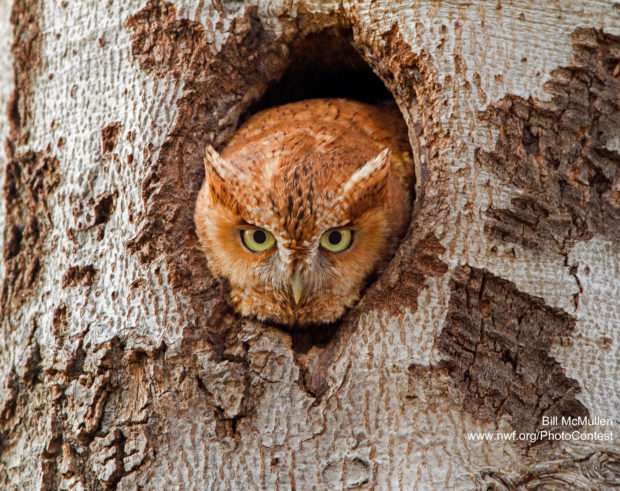
Even dead and dying trees are full of life. As trees decline, termites, carpenter ants and beetle larvae burrow into them. These insects become a food source for birds. Woodpeckers also excavate cavities in decaying trees where they nest, and these nesting cavities are later used by a wide variety of other bird species, from songbirds to owls to ducks. Mammals such as squirrels, bats, opossums, and raccoons all use such tree cavities for shelter and places to give birth and keep babies safe as well.
Fishers
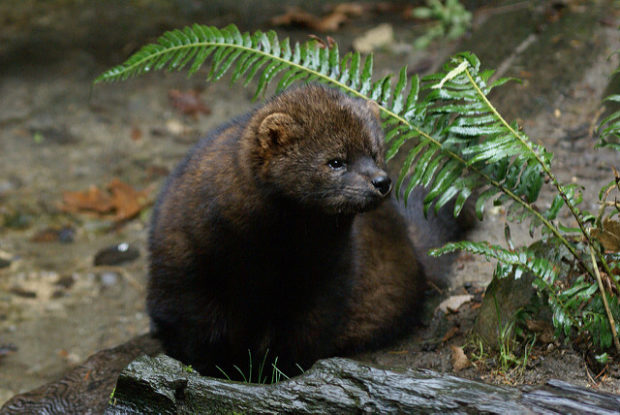
The fisher, a medium-sized member of the weasel family, lives in northern forests where it feeds on squirrels, birds, rabbits and even porcupines. Deforestation contributed to a major decline of the species, but it’s making a comeback in places like the Northeast as old agricultural and industrial land reverts back to forest. Today, fishers can even be found in suburban woods between subdivisions, although the shy and secretive creatures are rarely seen by their human neighbors.
Fish
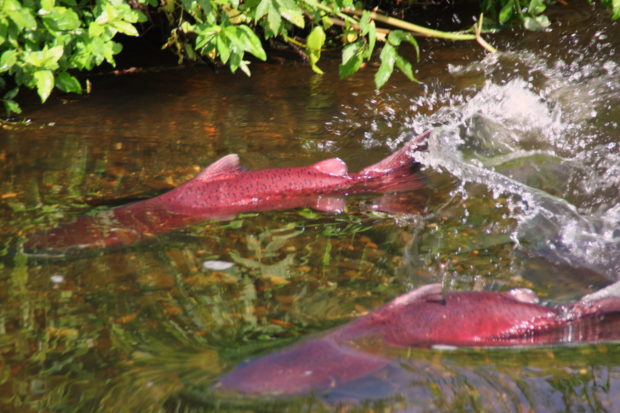
Trees are important for fish habitat. While fish don’t live in trees, tree roots stabilize stream and river banks, preventing erosion and build up of silt that destroys egg-laying habitat for fish such as trout and salmon. Tree branches shade the water, keeping it cool and helping the water retain oxygen. Fallen trees create underwater hiding places and protection from strong currents for fish and other aquatic wildlife.
Give wildlife the gift that keeps on giving for years to come.
Give Trees Now





















